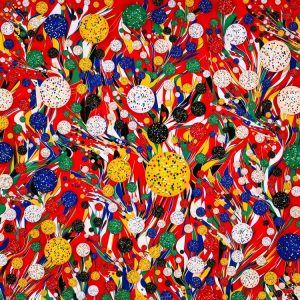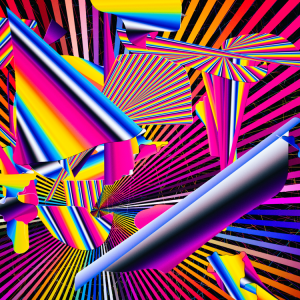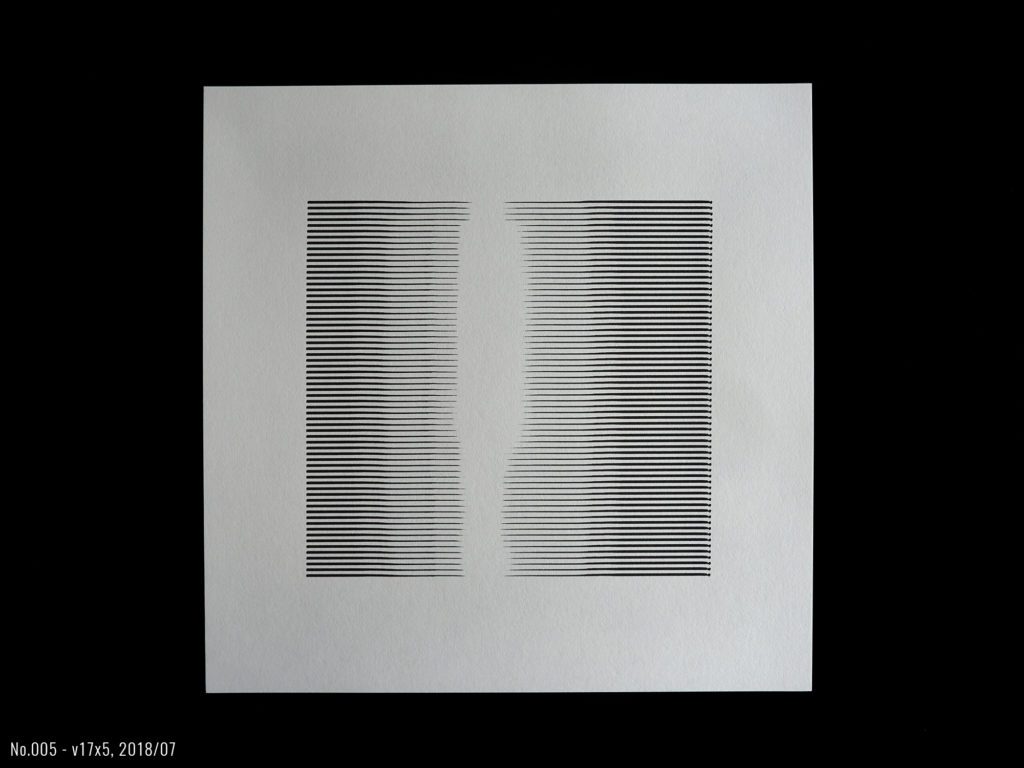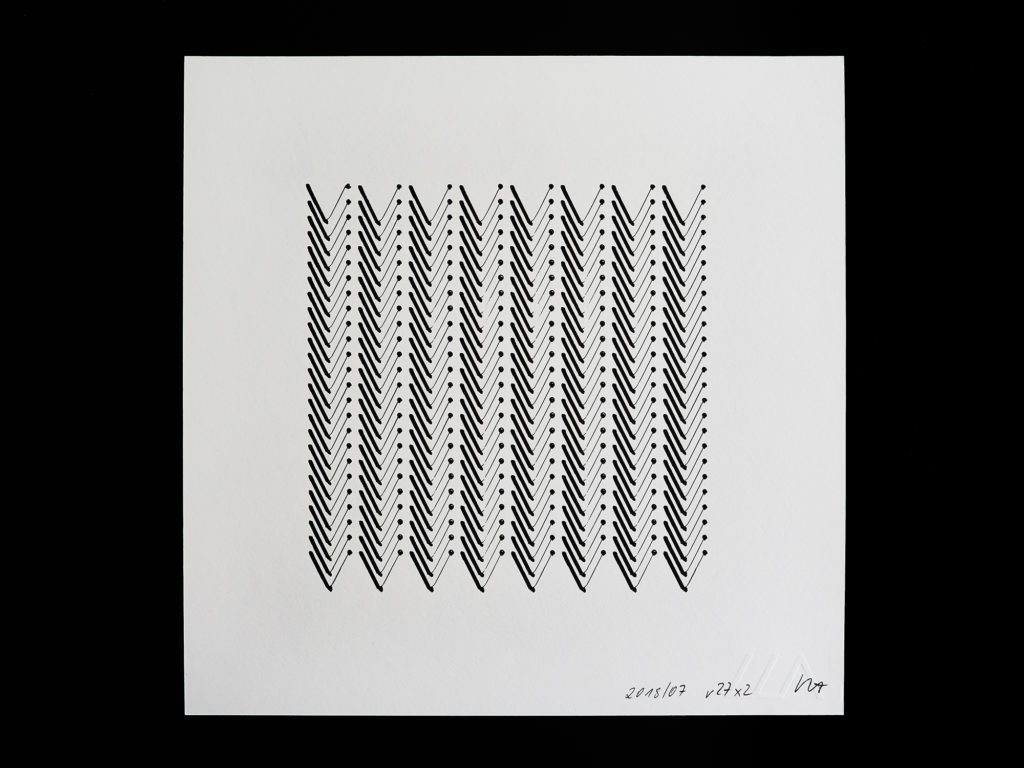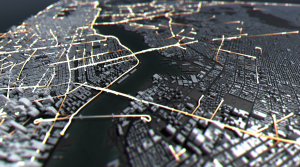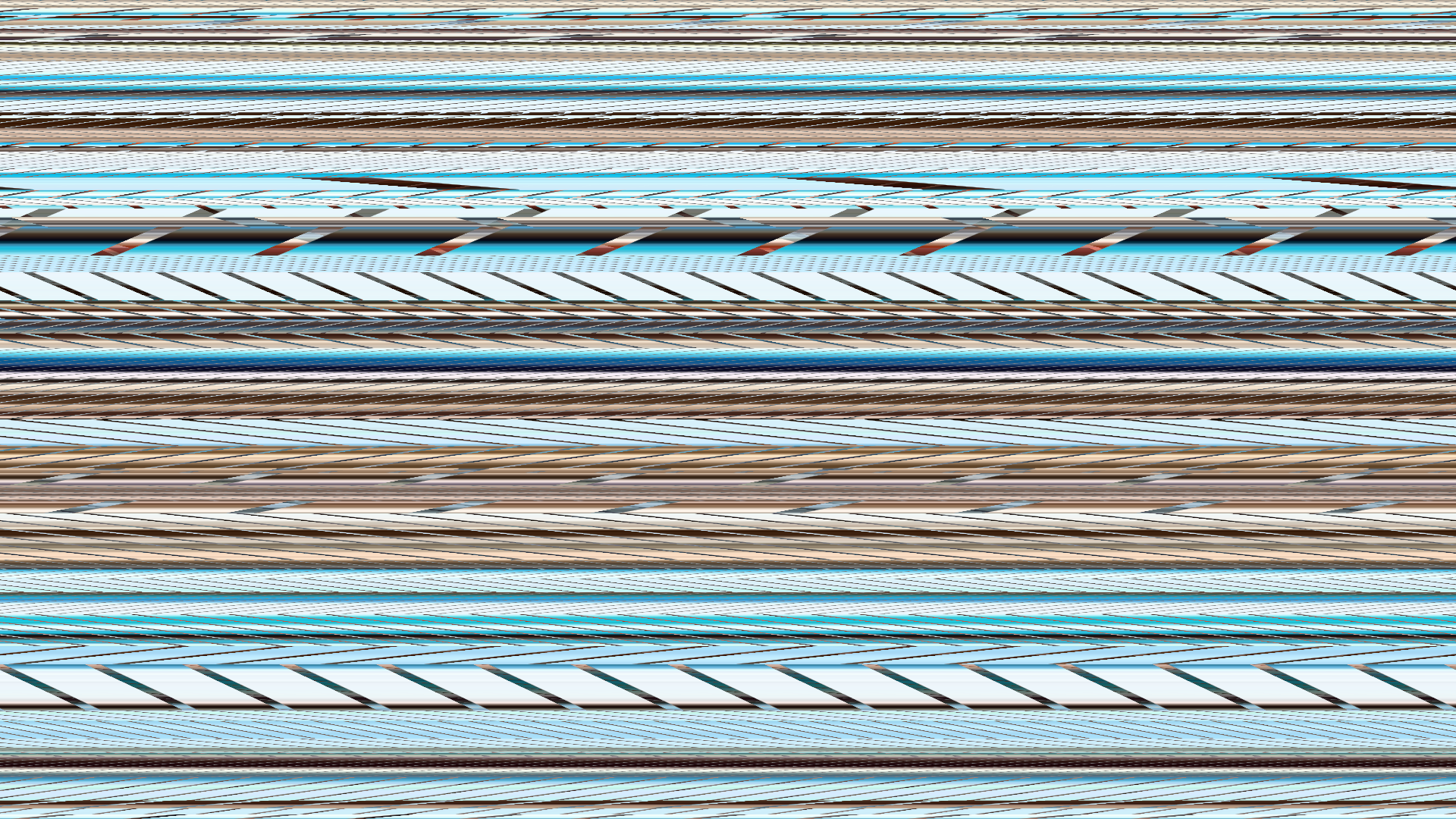
The Al Bahr Tower is an architecture project in Abu Dhabi designed by Aedas Architects. The building’s facade features a dynamic outer screen that is programmed to respond to the sun’s movement, shielding the building from gaining too much solar radiation. As the input parameter for the algorithm that is controlling the openness of the screen is sun, when the sun is at different location of the day, the screen also becomes a large dynamic and installation. I think this project is really profound in that such computational installation has not only engaged in solving some urgent sustainable and ecological urban issues but also functions as a large scale installation that is visually appealing. Bryan Hamilton, director at the Aedas Architects has commented on this project: “ This project represents the perfect marriage of technology and design as it entirely fit for purpose and sympathetic to their environment.”
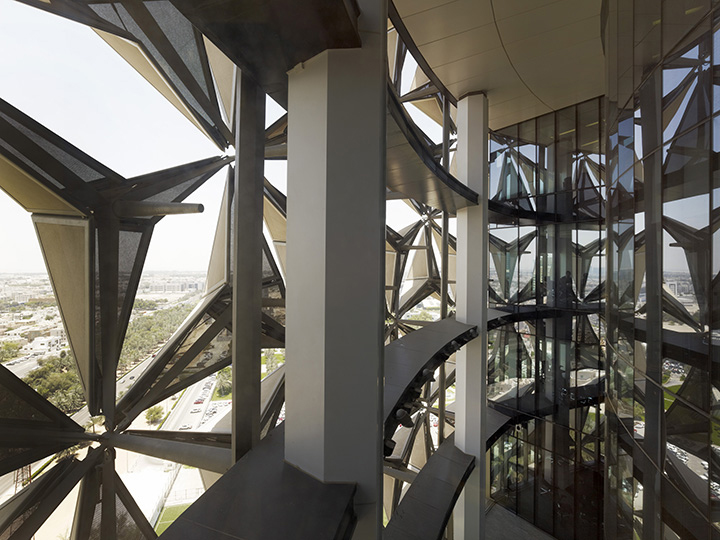
![[OLD FALL 2019] 15-104 • Introduction to Computing for Creative Practice](../../../../wp-content/uploads/2020/08/stop-banner.png)

